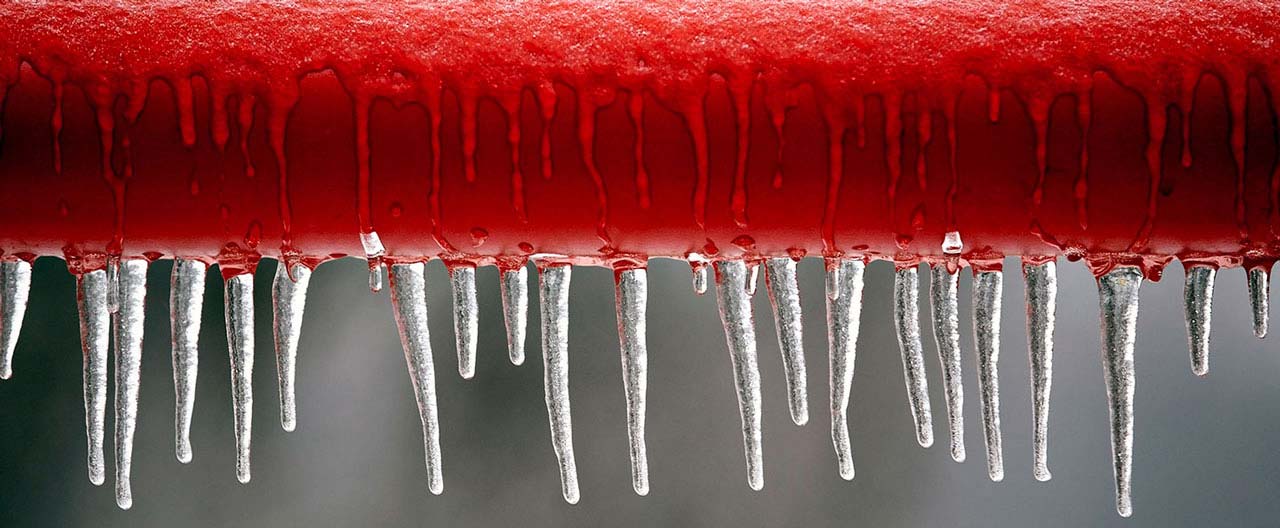- Individuals & Families
- Businesses
- Brokers

With winter on its way out, you may be ready for some spring cleaning.

Make sure you protect your classic cars from damage or additional wear and tear.

Keep your important papers and small valuables away from burglars, fire or natural disaster.

For over a hundred years, we’ve offered unparalleled stability and protection for small boats, yachts, luxury mega-yachts, and more.

Here are some things you can do to assist firefighters and minimize the damage to your home.

At their worst, disputes between professional service firms and their clients can lead to costly lawsuits.
No matter where your business is located, winter brings challenges. Even if you don’t get snow and ice, you might see low temperatures, strong winds, ice, sleet, or freezing rain – all of which can cause hazards and issues for your business, building, and employees. Unless you plan ahead.
To help you minimize the impact of winter weather on your business, consider these tips:
1. Get ready.
Before bad weather hits:
- Identify staff, contractors, and equipment suppliers that can help if something breaks or goes wrong.
- Make sure snow shovel and snow blowers are in good condition and employees are trained on how to use them properly.
- Establish a plan to monitor the path and intensity of storms, and how you’ll communicate with employees.
2. Heat the inside only.
- Maintain a minimum temperature of 10oC in all buildings to help ensure pipes don’t freeze.
- Make sure all doors, windows, skylights, ventilators, and shafts are weather-tight to prevent drafts.
3. Keep floors and walkways clear.
- Put moisture absorbent mats, rugs, and runners at building entrances.
- Clear storm drains so runoff water doesn’t pool.
- Arrange for someone to remove snow (and sand and salt, if necessary) along walkways, in parking lots and access roads.
- Mark concrete tire stops or landscape islands in parking areas, as they can cause trip and fall accidents when covered in snow.

4. Prepare building equipment.
- Make sure all emergency power and heating systems operate properly.
- Move combustible materials at least three feet away from heat sources.
- Drain all idle cooling equipment or make sure it is installed in areas with heat.
- Use water-resistant covers on equipment and inventory that is located directly below pipes that could potentially freeze and then burst.
- Add listed/approved heat tracing (a system used to maintain the temperature of pipes and vessels) to all pipes that could freeze.
5. Make sure fire safety equipment is ready.
- If power goes off or sprinklers are not working, provide 24-hour security with hourly watch rounds.
- Check coolant levels, fuel supplies, batteries, and diesel driver conditions for fire pumps.
- Verify sprinkler system water gongs and fire department connections are self-draining.
- Shut off, drain, and tag wet sprinkler and standpipe systems that have pipes located in areas that could freeze.
- Keep access ways, control valves, fire hydrants, hose cabinets, smoke/heat vents, water motor gongs, and fire department connections free from snow and ice.
- Test and inspect low temperature alarm devices.
- Mark yard hydrants, post indicator valves, and other equipment that could get covered in snow.
6. Avoid roof leaks and other potential roofing issues.
- Determine the maximum snow load for your roof.
- Make sure roof drains and downspouts are free of debris and fully functional.
- If you see signs of water damage or a weakened roof inside the building, make the necessary repairs.
- During a storm, check roof sections for drifting snow, use salt to keep snow/ice from freezing, and remove snow and ice buildup, taking care not to damage roof covering.
Insights and expertise



This document is advisory in nature and is offered as a resource to be used together with your professional insurance advisors in maintaining a loss prevention program. It is an overview only, and is not intended as a substitute for consultation with your insurance broker, or for legal, engineering or other professional advice.
Chubb is the marketing name used to refer to subsidiaries of Chubb Limited providing insurance and related services. For a list of these subsidiaries, please visit our website at www.chubb.com. Insurance provided by Chubb Insurance Company of Canada or Chubb Life Insurance Company of Canada (collectively, “Chubb Canada”). All products may not be available in all provinces or territories. This communication contains product summaries only. Coverage is subject to the language of the policies as actually issued.

